If you’re looking for some upper elementary sight word lists and checklists (for 3rd through 5th grades), here you go!
These lists can help you assess the sight word needs of your learners.
Psst! We also have K-2 sight word lists!
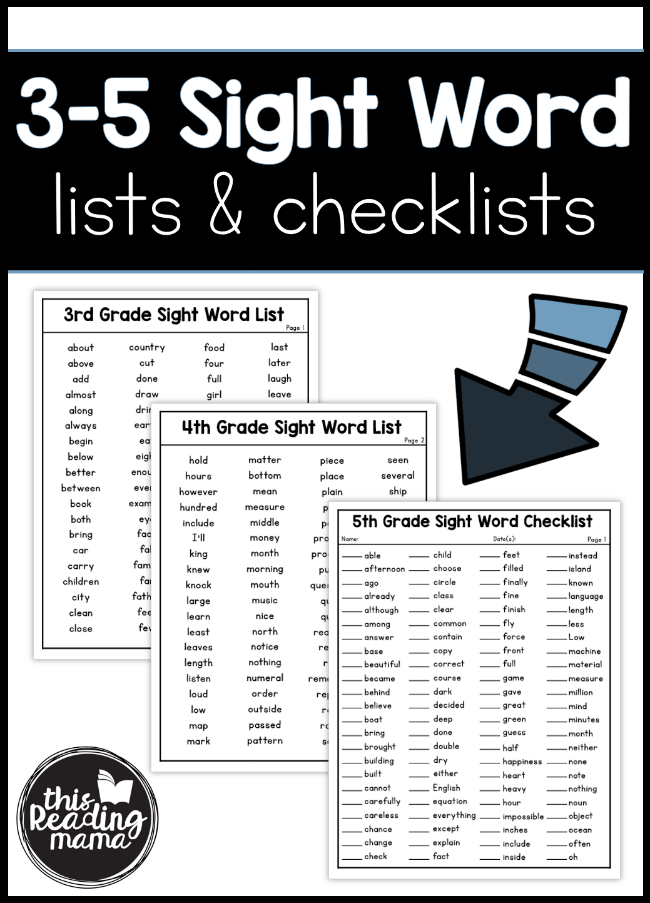
*This post contains affiliate links.
This is a subscriber freebie! Please subscribe to get a copy for your 3rd – 5th grade learners. If you’re already a subscriber, go to this password page and enter the most current password (always found at the bottom of your newsletter).
Printable Elementary Sight Word Lists & Checklists
In this pack, you’ll find sight word lists and checklists for 3rd through 5th grades AND the first 200 most common sight words. They’re super handy to have an idea of the sight words your learners should be held accountable to reading/spelling or that you need to teach.
Where do these sight words come from?
- The 3rd grade sight words come from Dolch 3rd grade and most of Fry’s third one-hundred words.
- The 4th grade words come from online fourth grade word lists most of Fry’s fourth one-hundred words.
- The 5th grade sight words come from online fifth grade word lists most of Fry’s fifth one-hundred words.
The reason I combined high frequency words from various lists is because most sight word lists are copyrighted. Essentially, it’s against the law to use the exact same words from one list. Pulling words from several lists also makes these sight word lists more comprehensive.
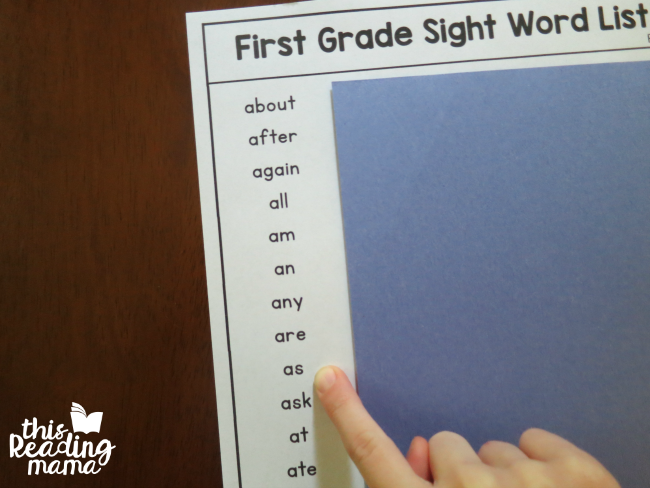
Learners use a scrap piece of paper to cover all but one column of sight words. Learners go through the list and read each word. They uncover each column as they go. The goal is for learners to be able to read the word within one second of seeing it. {This is an example from our K-2 sight word lists, but the idea is the same.}
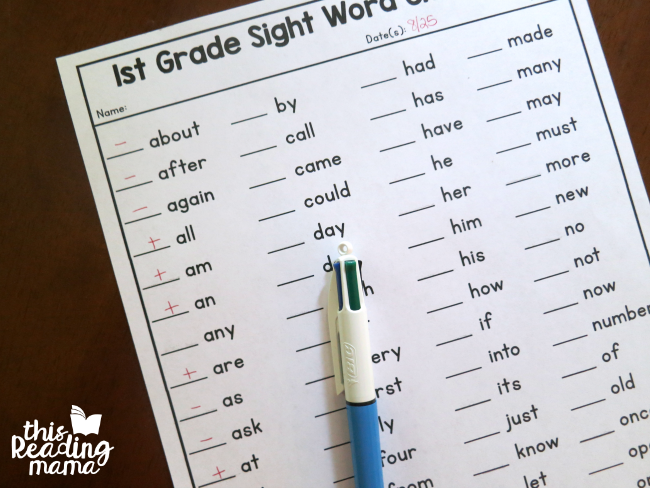
Using the Sight Word Checklists:
- On the sight word checklist, include your learner’s name and the date(s) of the assessment.
- If learners skip the word or read it incorrectly, do not mark anything in the blank beside that sight word.
- If learners take longer than one second, but still read the word correctly, place a vertical line ONLY in the blank (-).
- If learners read the word correctly within one second, place a cross (+) to indicate they have mastered that word.
- On subsequent assessments, learners can read all the words again, but listen specifically for the words with no marking or just a – in the blank to see if they can become a + this time.
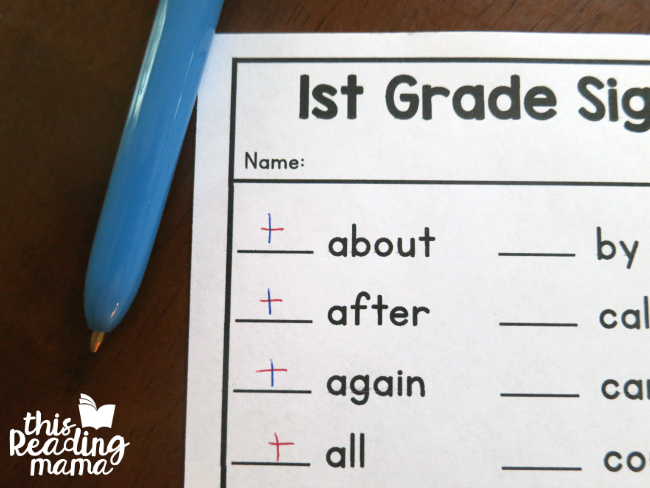
Helpful Tip: If you use a different colored pen every time you assess (making sure to also write the date in that particular color), you’ll be better able to keep track of WHEN your learners mastered each sight word.
For example, in the image above, I used red ink the first time I assessed. Blue ink was used on the second assessment.
So from my markings, I can tell that the learner read all within one second. About, after, and again were also read the first time I assessed, but not within one second (hence the red horizontal line). The next time I assessed, the learner got about, after, and again within one second.
In this 3-5 pack, I’ve also included a 200 Common Sight Word list and checklist. It is a quick sight word assessment based on Fry’s first 200 words to get a good idea of your learner’s base line knowledge of sight words.
If there are any of these words that give the learner trouble, these are the words that you need to start with. When learners miss too many on this extra list, they need to start back with the K-2 sight word lists.
Once learners have been taught sight words, it’s time to hold them accountable to reading the spelling them. Grab our Elementary Spelling Folder to help you do this with your 3-5 learners.
Be sure to check out 20 EASY ways to practice sight words!
Enjoy teaching!
~Becky
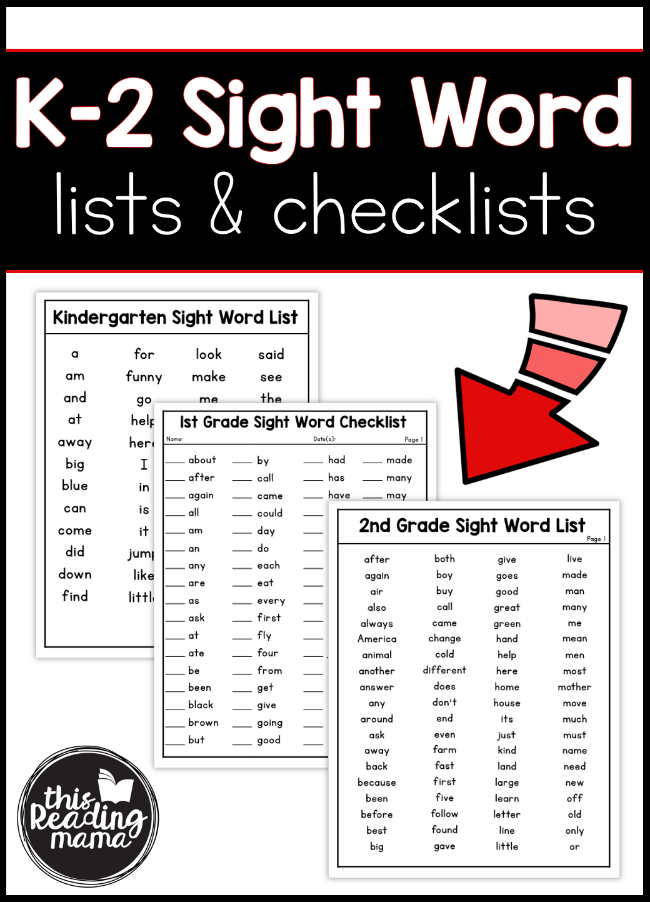


Thank you!